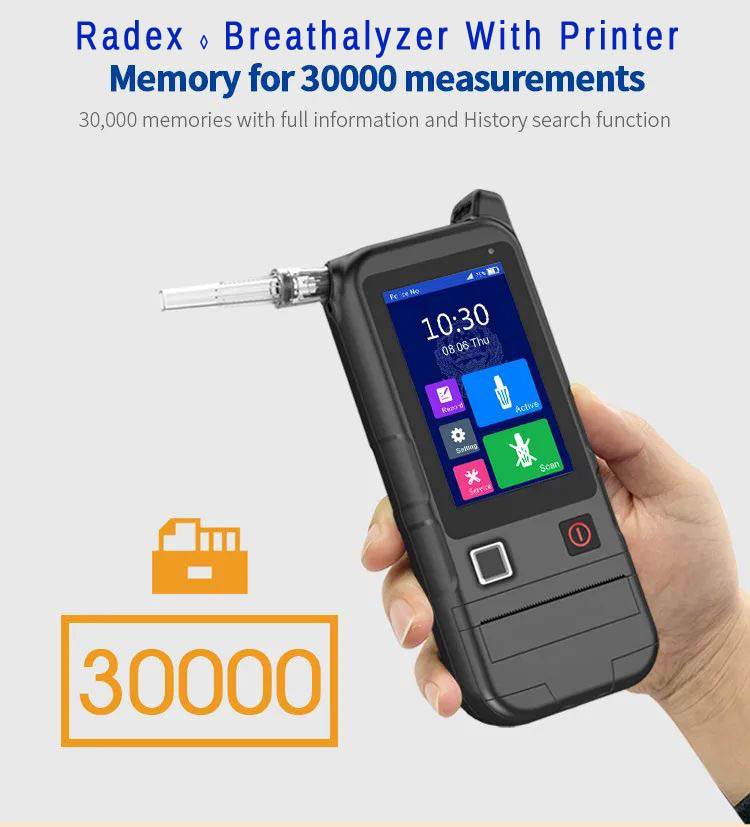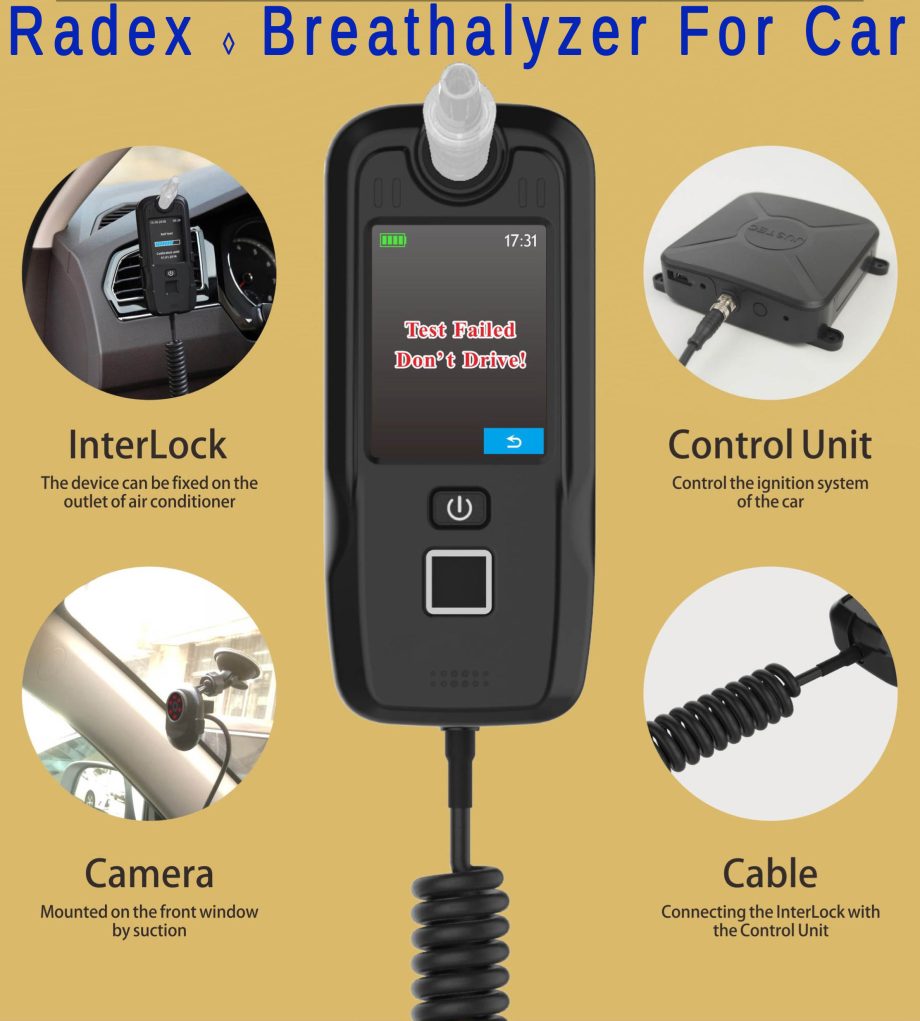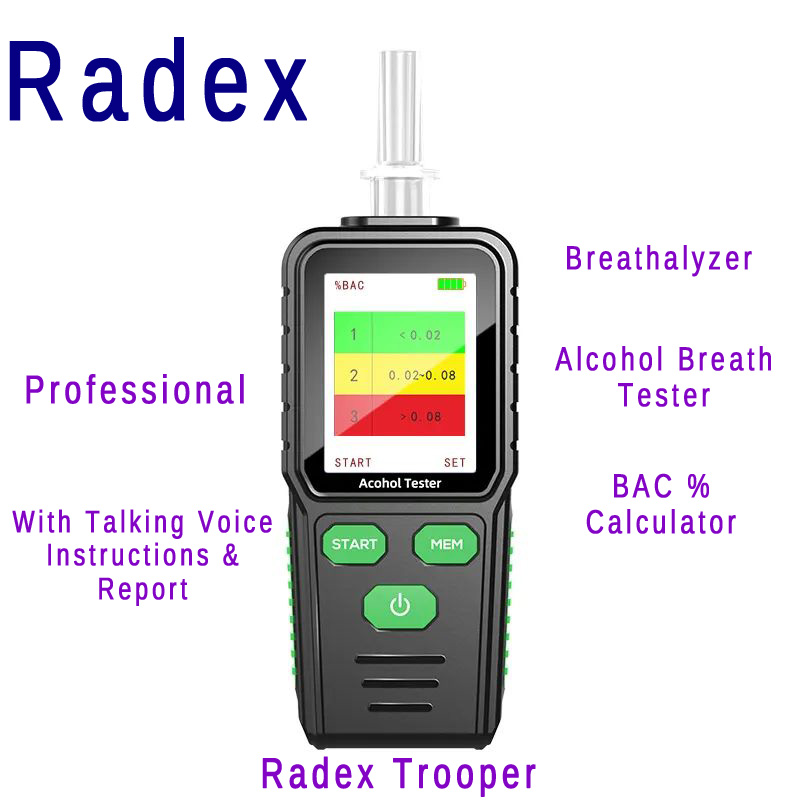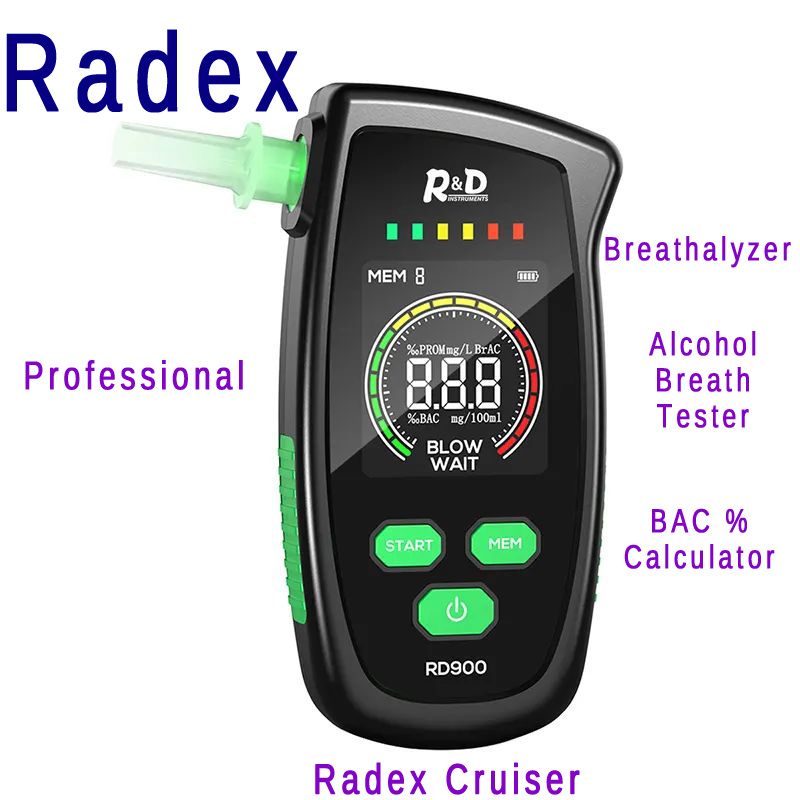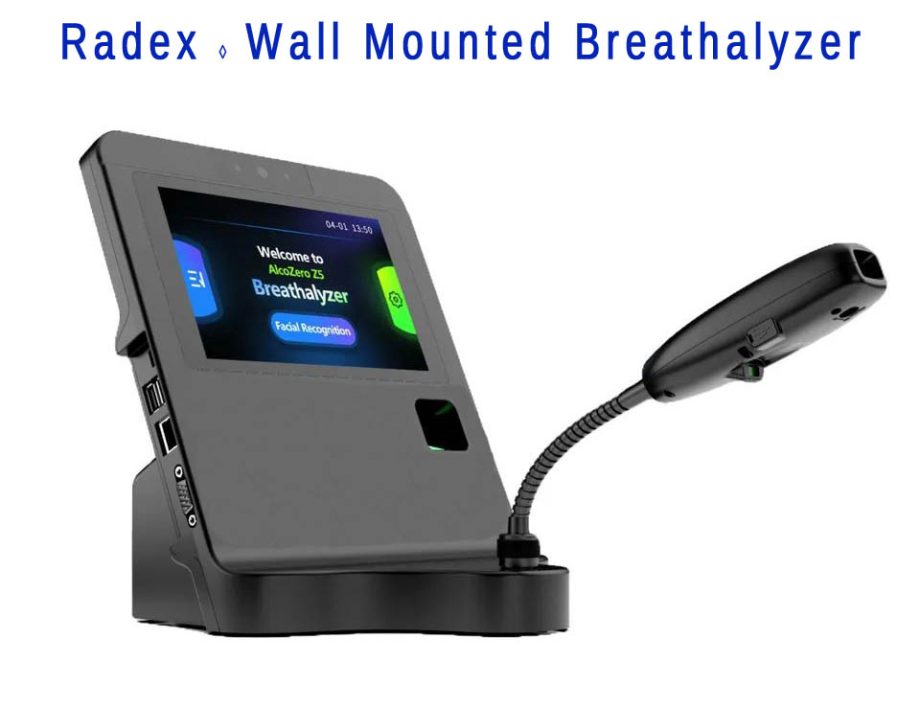 BAC Calculator
BAC Calculator
A BAC Calculator Helps To Stay Within DWI Limits
An alcohol concentration level (BAC) above 0.08 can have serious legal and health implications. If you choose to drink, however, make sure it falls within the acceptable “sweet spot”. By drinking less, it will help prevent the negative side-effects associated with excessive alcohol intake such as slurred speech and reduced inhibitions, and also avoid being arrested for DUI (driving under the influence). A BAC Calculator is useful to estimate this level.
What is the Most Accurate BAC Calculator?
A BAC Calculator is an online tool that estimates blood alcohol concentration (BAC). This estimation method uses a formula based on body weight and number of drinks taken to estimate an individual’s BAC level, providing drivers with information they need to assess if their BAC level exceeds what’s considered safe driving limits or avoid going beyond DWI legal driving limits altogether.
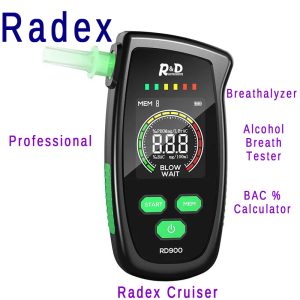
Most Accurate BAC Calculators employ the Widmark formula to assess a person’s blood alcohol concentration level (BAC). This formula takes into account their bodyweight and how many standard drinks they consumed – 1 standard drink equals one ounce of 100-proof liquor, five ounces of malt liquor, 12 ounces of regular beer or 5 ounces of wine consumed; your BAC will increase with consumption while eventually decrease as your body breaks down any additional alcohol intake.
Individual’s blood alcohol concentration levels (BAC) can be affected by many different factors, including age, gender, medications taken and what was consumed prior to using a BAC Calculator. Therefore it’s crucial that users understand how it works and what estimation it provides them with for specific people. A advanced BAC calculator is an indispensable tool when drinking, but nothing beats an accurate breathalyzer test or blood draw for measuring alcohol consumption. These are the only reliable ways of knowing if you have exceeded legal alcohol limits.
Though avoiding DUI-DWI altogether is always ideal, that may not always be feasible. When drinking, it is crucial to understand how many drinks will bring you up to your “sweet spot,” where pleasure ceases but coordination and reaction time begin to deteriorate. This is usually around 0.05; should you be stopped at a DUI checkpoint and given a breathalyzer test, your BAC will be recorded; learning how to use a BAC Calculator will ensure your safety on the road and prevent you from being charged for DUI-DWI.
Advanced BAC Calculator
A blood alcohol concentration calculator (BAC calculator) is an indispensable tool that allows you to accurately gauge how much alcohol is in your system. It takes into account many different variables, including how many drinks were consumed, their speed of absorption and length of time since being consumed. Understanding how a advanced BAC calculator operates will enable you to ensure it provides accurate readings.
There are various methods of calculating BAC, but one of the most widely-used for BAC accuracy is the Widmark formula. Police departments use this mathematical equation to estimate people’s blood alcohol content based on factors like body weight, height, biological sex and the length of time since their last drink – though remember this formula provides only an estimate and should not be treated as definitive proof.
If you plan to drive after drinking, having a BAC calculator at hand is a valuable resource. A BAC calculator will allow you to determine how many standard drinks will take until you reach 0.08% BAC limit; at which point an arrest could ensue as well as severe fines, jail time and higher car insurance premiums.
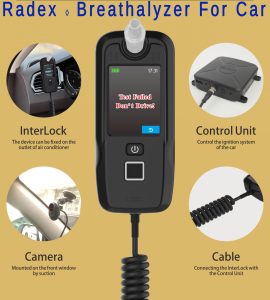
Know when alcohol will leave your system. According to estimates, your blood alcohol concentration (BAC) should decline by an estimated rate of 0.16 points every hour following cessation of consumption; meaning if you consume two shots and two beers it will take approximately four hours for your liver to process them all.
The above Radex bac calculator offers an advanced algorithm, making it the most accurate bac calculator when compared to some other BAC calculators. Based on the Widmark formula as a foundation, additional factors have been introduced to further increase accuracy – for instance one factor accounts for hunger levels and how well alcohol is digested.
As the first step of using a BAC calculator, count the number of standard drinks that have been consumed – one standard drink being equivalent to one ounce of 100-proof liquor, five ounces of wine or 12 ounces of beer. Once this step has been accomplished, locate where your number of consumed drinks intersect with body weight in the chart provided below.
When to use a BAC Calculator
BAC (blood alcohol concentration) calculators can be an invaluable way to estimate your blood alcohol concentration (BAC), helping you decide if driving is safe for you. However, it’s important to remember that many factors come into play when estimating BAC; without professional blood testing it would be impossible to get an exact reading; but using an estimate chart or breathalyzer calculator will give a rough estimation based on inputs such as gender, body weight and the number of drinks consumed over an allotted time-frame.
As soon as you use a BAC calculator, the first thing to do should be tracking how much and what types of alcohol you drink – this includes their type and volume. By keeping track of what you’ve consumed, a BAC calculator can help ensure you stay within legal driving limits (usually around 0.08%) or provide evidence if asked at DUI checkpoints to blow into a breathalyzer device.
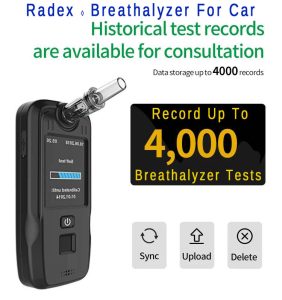
If your blood alcohol concentration (BAC) exceeds the legal limit at a checkpoint, field sobriety tests will likely be administered, which may involve performing various simple tasks. A BAC calculator may also prove invaluable when attending events or parties and wanting to know exactly how much alcohol you can consume without surpassing your legal driving limit.
A BAC calculator works by using the Widmark formula and other factors, including age, gender and body weight to estimate an individual’s alcohol consumption. Furthermore, this tool estimates the length of time it will take before their BAC reaches a desired level – helping plan ahead when attending events or parties.
One factor affecting a person’s blood alcohol concentration (BAC) is how much water their body contains. Since alcohol is highly water soluble, having more water will lower BAC. Therefore, men typically experience lower BACs after consuming equal quantities of alcohol than women do.
Consider Experimenting With a BAC Calculator
A BAC calculator is an invaluable resource for drivers. It enables you to get an estimation of your blood alcohol concentration using a breathalyzer calculator before driving, providing an early warning of potential DUI drunk driving incidents while protecting other road users. Furthermore, staying within legal BAC limits helps prevent DUI arrests – being at fault can have severe repercussions so it is imperative that drivers remain safe on the road.
There are various factors that can have an effect on one’s BAC level, such as their rate of drinking, amount of food they eat prior to indulging in alcohol consumption and whether or not they consume an empty stomach drink. All these can have a profound impact on your BAC level and how long it will take for it to drop to zero.
Utilizing a Blood Alcohol Content calculator (BAC calculator) is an invaluable way to track your drinking and understand its long-term effects on the body. Not only can a breathalyzer calculator assist in tracking drinking patterns, but it can also prevent errors when driving that could endanger lives; in addition, planning ahead and knowing when it might be wiser to call a taxi can also benefit greatly from using one. BAC calculators are free-of-charge tools found in many places online.
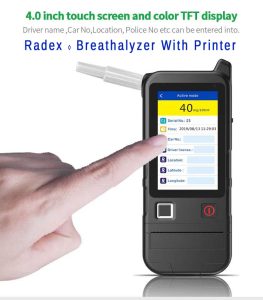
An individual’s blood alcohol concentration (BAC) may fluctuate depending on their circumstances. If someone drinks on an empty stomach, their BAC will rise higher because eating slows the absorption of alcohol. People experiencing fatigue or taking medication may have reduced BACs than expected.
Gender can have an influence on someone’s blood alcohol concentration levels (BAC). Women’s bodies process alcohol differently than men’s bodies, which leads to differences in how women’s BAC increases with each drink compared with that of a man.
Formulas used to calculate blood alcohol content (BAC) also factor in an individual’s assigned sex at birth, making a calculation inaccurate for transgender or non-binary people. Though this usually does not pose an issue for most, it should be kept in mind when making your decisions about alcohol consumption.
Always be aware that a BAC chart, calculator or breathalyzer calculator can only give an estimate of someone’s BAC level; driving under any circumstance while under the influence is dangerous and could result in a DUI charge. Therefore it would always be best to call a taxi instead.
Top Reasons to Use a BAC Calculator Inside a Breathalyzer to Prevent DUI
Most accurate bac calculators and charts designed to assess blood alcohol concentration (BAC) can be useful tools in helping you determine whether it is safe to drive. Unfortunately, however, they may not always be 100% accurate and could leave out many key details that should be considered when making that determination. Calculating your Blood Alcohol Content (BAC), it is essential to take into account how many drinks were consumed, your weight and other variables. A professional grade breathalyzer calculator will guarantee accuracy in your results.
1. Accurate Results
Blood alcohol content (BAC), or intoxication levels, vary greatly between people based on many personal factors and should not be determined using an online calculator or chart alone. Such programs often make assumptions about drink strength and volume consumed without considering some key considerations that influence an individual’s level of intoxication.
Consideration must also be given to factors like what type of food and medications are taken and your metabolism rate. Furthermore, taking into account how quickly your body absorbs alcohol after first drinking may alter how fast BAC readings appear when in fact they fall below legal driving limits. Finally, time since first consumeing can impact absorption rates significantly as will assumed standard serving sizes such as 12oz of beer or 1.5oz shot size which could lead to miscalculations and incorrect calculations of BAC readings when actually driving legally under legal limits is of course above legal limit for driving.
2. Accuracy is Key
Many people rely on online BAC calculators or breathalyzer calculator to assess their level of intoxication. They typically require users to enter information like gender, weight, type and amount of alcohol consumed as well as time since your first drink. Because these calculations rely on averages (one serving of beer equals 12 oz and 4 oz for wine), and do not account for variables like food consumption, hydration needs or individual metabolism rates, these estimations could lead to inaccurate estimations of blood alcohol content levels.
Breathalyzers measure your Blood Alcohol Content directly from your breath. Professional breath tests used by police officers utilize fuel cell technology to convert alcohol in your lungs to acetic acid and measure its levels by means of an accurate sensor system; then calculate an estimate of your BAC from this measurement; however, such devices can sometimes be compromised by factors such as mouthwashes, toothache medications and other substances found within your mouth that interfere with their accuracy.
3. Easy to Use
BAC charts and breathalyzer calculators can be found online through various organizations such as DMVs, colleges and universities, DUI attorneys and nonprofit groups. These free tools allow individuals to quickly estimate their BAC levels by inputting information such as weight, gender, the number of drinks consumed in a specified time period as well as percentage of alcohol contained within each drink consumed during that period.
Problems arise with these breathalyzer calculators and charts due to lengthy disclaimers that caution that personal factors like metabolism, health status, medications taken and recent food consumption cannot be taken into account – making these estimates only rough estimates at best and potentially misleading.
Estimating someone’s blood alcohol concentration (BAC) involves using the formula that one drink per hour will raise their BAC by 0.016 percent; with one drink being defined as 12 fluid ounces of beer, 1.5-ounce shot of liquor or can or glass of wine; however, because how alcohol enters and leaves your system differs among people these estimates could be inaccurate.
4. Accuracy is Key
BAC charts and calculators can provide estimates of your blood alcohol content (BAC), but these figures should only be seen as estimates. Many factors affect BAC levels, including age, weight, food consumption patterns, the time of day and any medications or drugs you might be taking.
Most accurate bac calculators do not take into account how long it takes your body to process one standard drink, making this a crucial consideration because spacing out your drinking can lower your BAC more quickly than drinking quickly.
Professional-grade breathalyzers provide an accurate measurement of your BAC level. Check out the mobile breathalyzers from Radex Breathalyzers to make an accurate assessment – they’re exactly like what law enforcement officers use for roadside testing, making use of one possible difference between DUI conviction and not.
-
Alcohol Breath Analyser With Printer
$499.95 -
Baiid Interlock Device
$899.95 -
Radex Alcohol Breath Tester
$89.95 -
Radex Breathalyzer
$69.95
